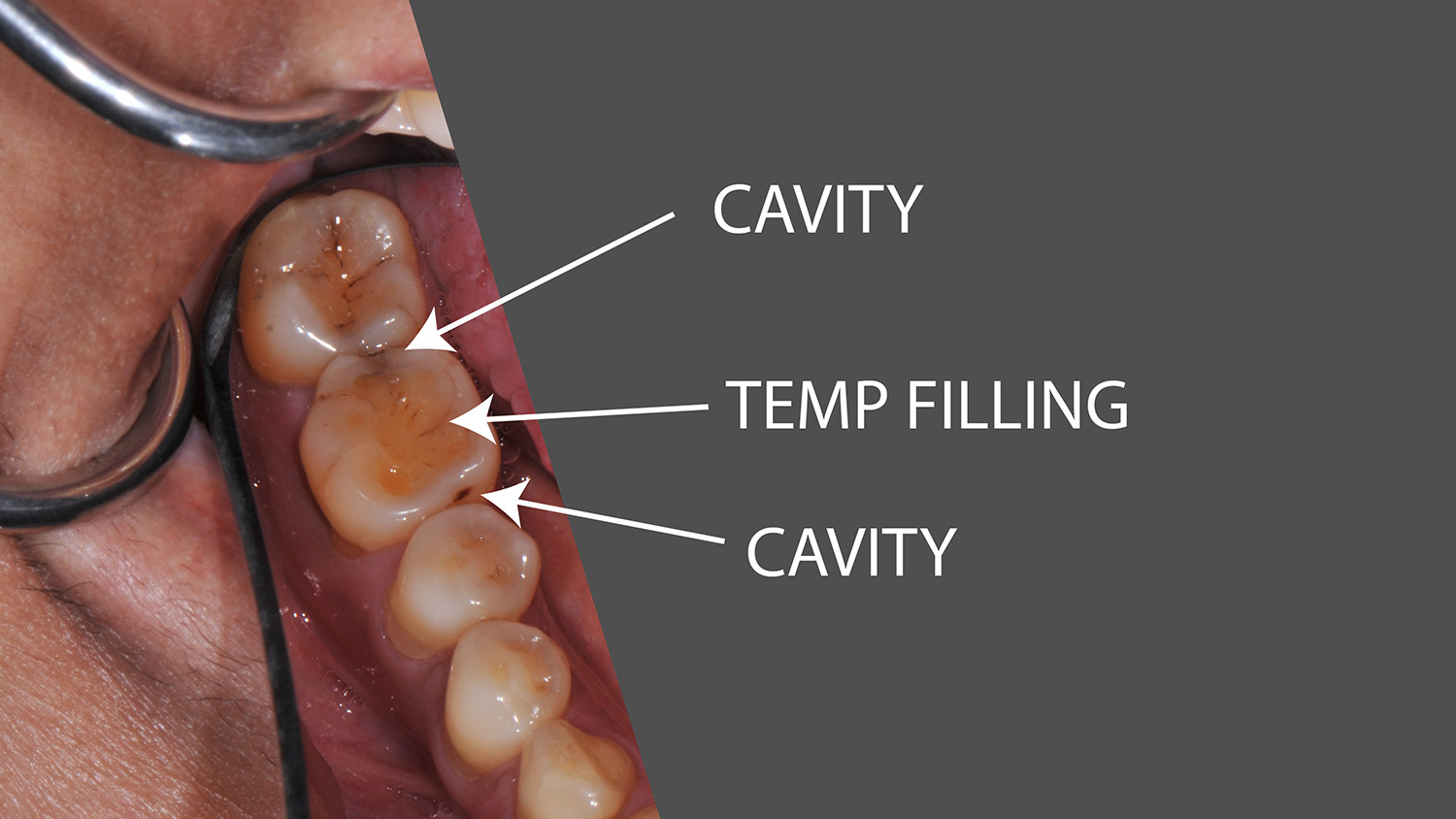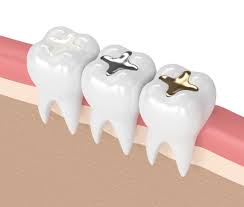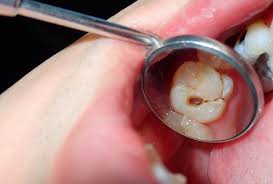Imagine a delicate musical instrument—an old violin whose strings have worn out over time. A skilled musician replaces them with new ones, but at first, the violin sounds a bit different. It needs careful tuning and time to adjust before producing its perfect melody again. Similarly, a tooth filling is a restoration process that saves a decayed tooth, but sometimes, the adjustment period brings discomfort and sensitivity.
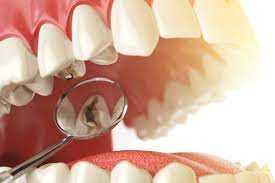
Why Does Tooth Pain Occur After a Filling?
Pain after a tooth filling can arise due to multiple reasons, much like how a newly built bridge may initially creak under the weight of passing vehicles. Some individuals naturally have more sensitive teeth, making them more prone to discomfort after a dental procedure. Others may experience pain due to improper filling placement, similar to how a slightly misaligned brick in a wall can create structural issues over time.
The materials used in a filling can also influence post-treatment pain. If the filling does not blend well with the natural tooth, it may feel foreign, much like wearing an ill-fitting shoe that causes discomfort with every step. Temperature sensitivity is another factor—when a filled tooth comes in contact with hot or cold food, it reacts like metal exposed to extreme temperatures, expanding and contracting, which can cause pain.
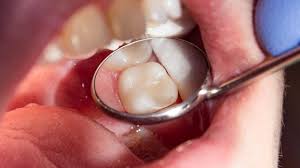
Expert Recommendations: Path to a Painless Recovery
Just as an architect provides a blueprint to maintain a strong building, experienced dentists suggest practical ways to reduce tooth pain after filling and maintain oral health.
1. Clove Therapy: Nature’s Gentle Healer
Clove, a natural remedy for dental pain, works like a protective shield for the affected tooth. The active compound eugenol acts as a natural anesthetic, numbing pain much like a soft cushion absorbs impact. Using soil cloves or clove oil directly on the painful tooth provides relief, similar to how a soothing balm eases muscle pain.
2. Salt Water Rinse: The Cleansing Wave
Saltwater rinsing is a time-tested remedy, acting like ocean waves washing away debris from the shore. By gargling with warm salt water several times a day, bacteria and irritants around the tooth filling are reduced, promoting healing and soothing sensitivity. This method is simple yet powerful, much like a gentle breeze cooling down heated sand on a summer day.
3. Gentle Flossing: The Art of Precision Cleaning
Flossing, when done gently, prevents further irritation, much like carefully untangling a delicate thread without breaking it. Those who have tooth pain after filling should ensure they floss properly to remove food particles without putting unnecessary pressure on the sensitive area.
The Role of Regular Dental Checkups: Preventing Future Pain
Routine dental visits are essential, much like regular maintenance keeps a car running smoothly. By checking for any irregularities, dentists ensure that the tooth filling is well-adjusted and that no underlying issues develop into bigger problems.
A Harmonized Smile After Tooth Filling
A tooth filling is like a well-executed repair on an old but valuable piece of furniture—it restores function and beauty, but requires proper care to ensure longevity. By following expert recommendations such as clove therapy, salt water rinsing, and gentle flossing, individuals can ease post-filling discomfort and maintain strong, healthy teeth. With time, patience, and the right care, the filled tooth, like a finely tuned violin, will once again perform its function without pain or interruption.

